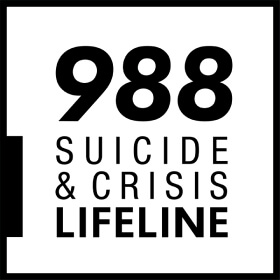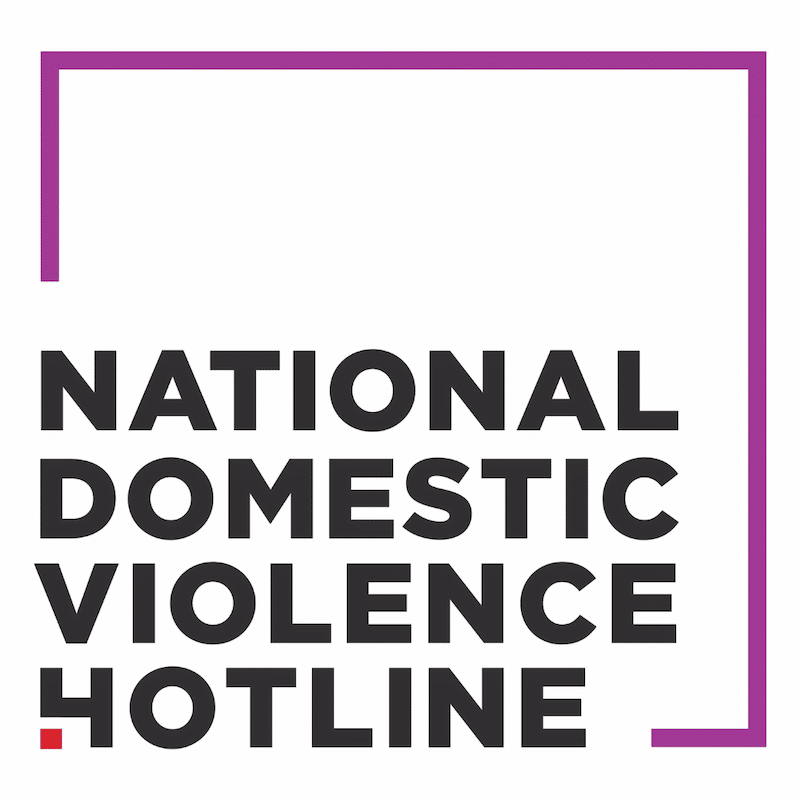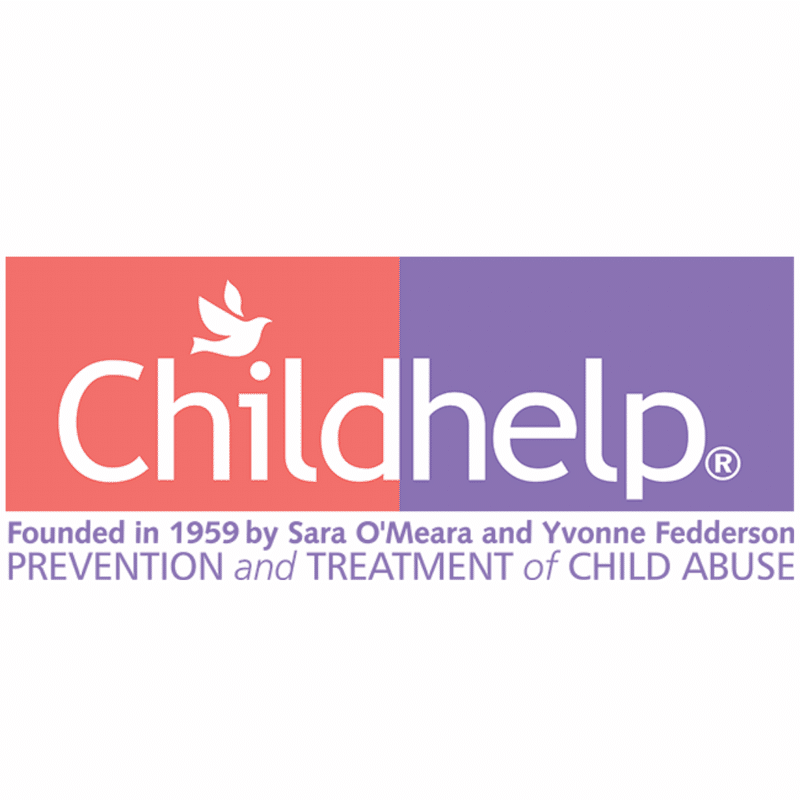Why Don’t People Leave Abusive Relationships?

Far too often, survivors of domestic and/or intimate partner violence hear some variation of the phrase, “Why Didn’t You Leave?”
Asking such a question, whether intentional or not, places the blame on the victim-survivor for not leaving sooner, rather than on the perpetrator for being abusive in the first place, which is where it belongs. There are many reasons, more than are included here, as to why someone may not leave an abusive relationship or a domestic violence situation. None of them are the victim-survivors fault, and none of them mean that they invited or allowed the abuse to continue.
They may have thought it through and chosen to stay, or they may be in survival mode, acting on autopilot. Abusive relationships are very complex and every situation is unique. Victim-survivors do not owe us an explanation, nor do they need to justify why they responded in a particular way to abuse. However, to better support victim-survivors and improve resources, it’s important to understand some of the barriers that they face when it comes to leaving an abusive relationship and why it isn’t as easy as just choosing to leave.
Reasons why it isn’t easy to “just leave” an abusive relationship or domestic violence situation include, but are not limited to:
These are not the only reasons why a victim-survivor may stay in an abusive relationship. However, they provide some context as to why it isn’t easy to simply walk away. No victim-survivor owes anyone an explanation as to why they chose to stay. Rather than ask a victim-survivor why it took them so long to leave an abusive relationship, we should acknowledge the strength it took them to do so. If they choose to not leave, we should still provide support to the victim-survivor and work to maintain a trusting relationship where they feel safe to continue coming to them for support.
Sources
- Battered Women’s Support Services. (2020, June 11). Eighteen Months After Leaving Domestic Violence is Still the Most Dangerous Time. BWSS. https://www.bwss.org/eighteen-months-after-leaving-domestic-violence-is-still-the-most-dangerous-time/
- Smith, S.G., Basile, K.C., & Kresnow, M. (2022). The National Intimate Partner and Sexual Violence Survey (NISVS): 2016/2017 Report on Stalking. Atlanta, GA: National Center for Injury Prevention and Control, Centers for Disease Control and Prevention.
- McFarlane, J., Campbell, J.C., Wilt, S., Ulrich, Y., & Xu, X. (1999). Stalking and Intimate Partner Femicide. Homicide Studies, 3(4), 300-316.
- Postmus JL, Plummer SB, McMahon S, Murshid NS, Kim MS. Understanding economic abuse in the lives of survivors. J Interpers Violence. 2012 Feb;27(3):411-30. doi: 10.1177/0886260511421669. Epub 2011 Oct 10. PMID: 21987509.
- Mary Kay. (2012). “Truth About Abuse Survey Report.” The Nation.

988 Suicide & Crisis Lifeline
988 Lifeline is a national network of local crisis centers that provides free and confidential emotional support to people in suicidal crisis or emotional distress 24 hours a day, 7 days a week in the United States. We’re committed to improving crisis services and advancing suicide prevention by empowering individuals, advancing professional best practices, and building awareness.

Domestic Violence Hotline
We are here to serve all those impacted by relationship abuse 24/7 confidentially. Due to high demand, you may experience longer wait times to connect with a live advocate.

The Childhelp National Child Abuse Hotline
The Childhelp National Child Abuse Hotline is dedicated to the prevention of child abuse and has given assistance to more than 2 million help seekers. Serving the U.S. and Canada, the hotline is staffed 24 hours a day, 7 days a week with professional crisis counselors who—through interpreters—provide assistance in over 170 languages. The hotline offers crisis intervention, information, and referrals to thousands of emergency, social service, and support resources. All contacts are confidential.



